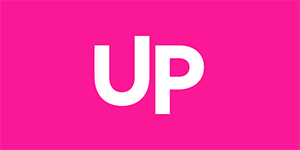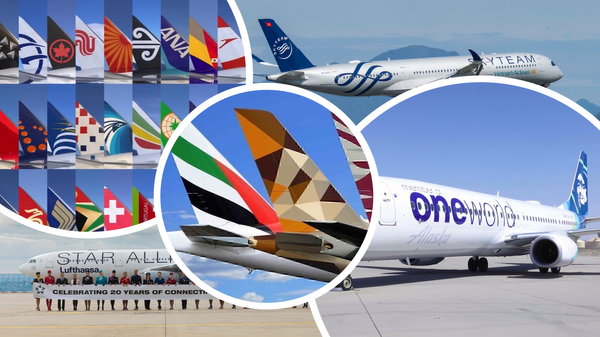Airline Elite Status: The Cult, The Myths, The Sucker’s Game • Day 3/5
Welcome aboard the elite status circus of April 2025. In the world of frequent flyers, airline elite status has become a quasi-religion – complete with its own rituals (mileage runs), status symbols (luggage tags and shiny cards), and a devout congregation chasing the next tier.
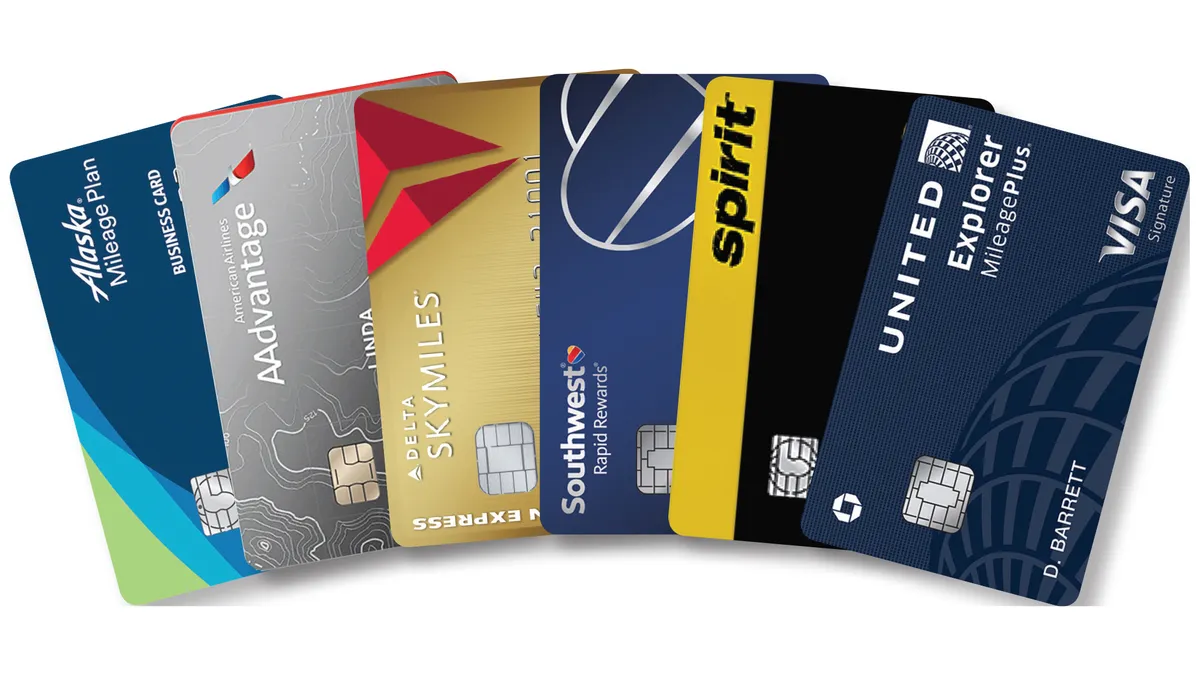
Deep Research Using AI
This epic, nearly 20,000-word beast of an article series was painstakingly conjured up with some Deep Research functionalities. While it may sound incredibly authoritative, well-informed, and even suspiciously insightful, remember—this content is intended for entertainment purposes only. Think of it as the informational equivalent of a late-night Wikipedia rabbit hole: fun, fascinating, occasionally eyebrow-raising, but definitely not something you should bet your house, job, or firstborn on.

Previously Published in the series:
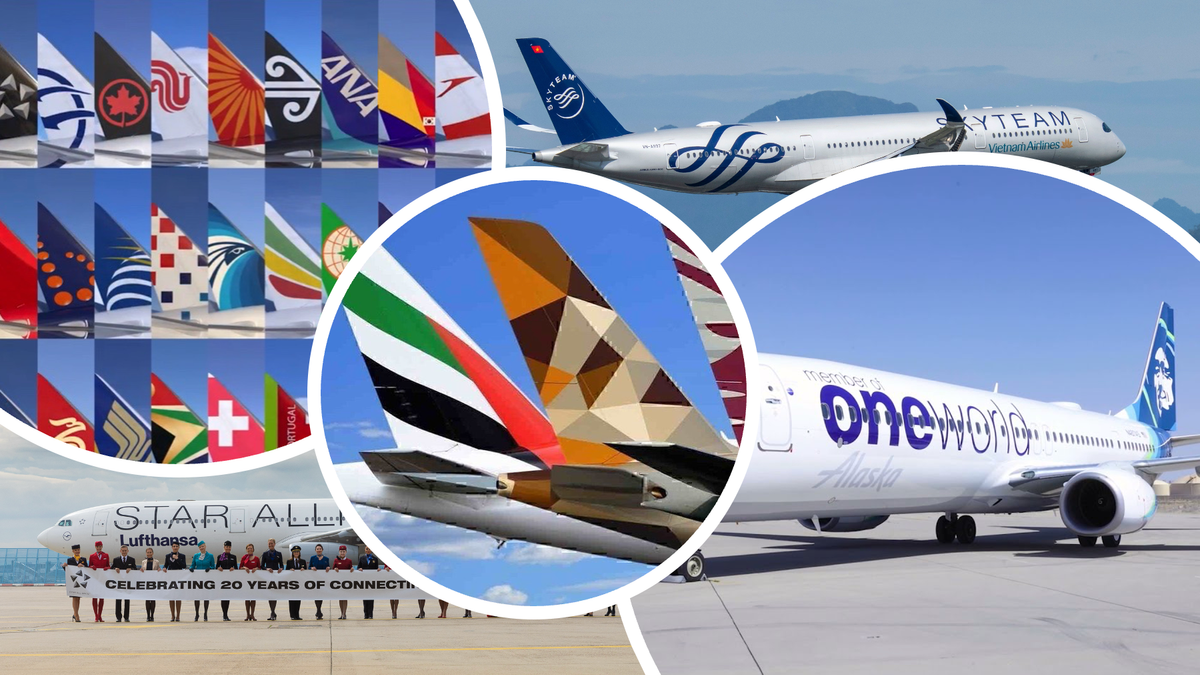
Part 1: Elite Status Circus of April 2025
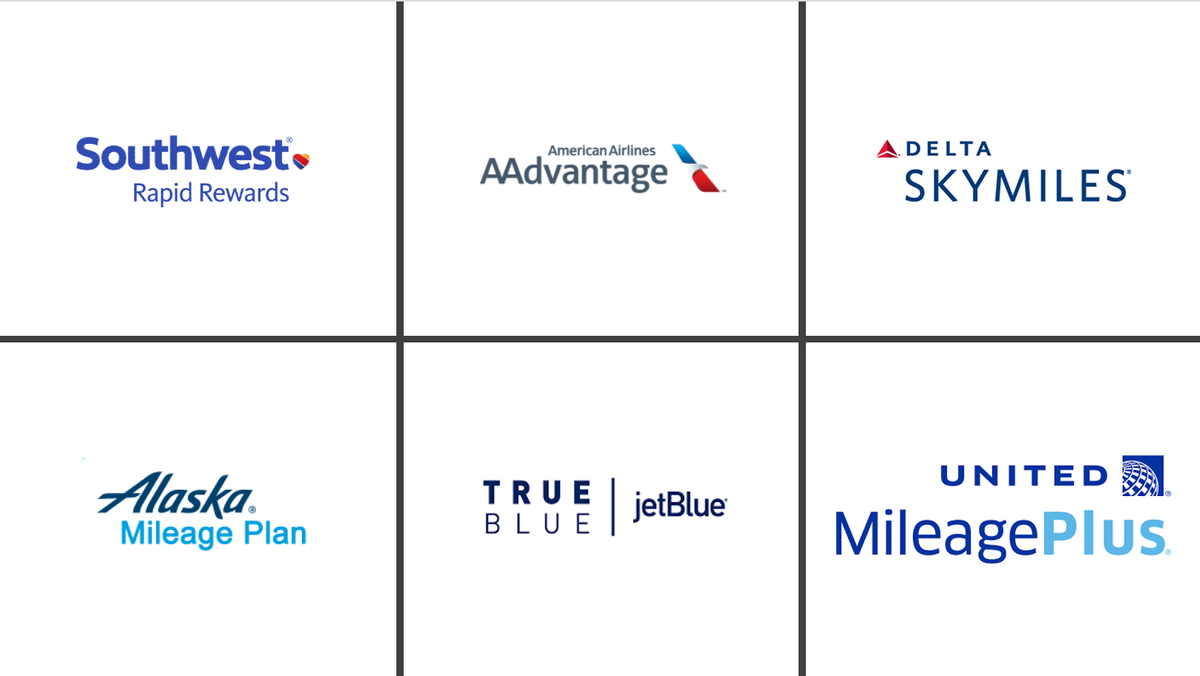
Part 2: U.S. Major Airlines: Status Showdown (and Shakedown)
And now we head into Part 3...
Let’s talk about the elephant in the boarding group: credit cards. Airline-branded cards have quietly reshaped what it means to be “loyal,” letting travelers skip the whole flying thing and just buy their way into perks. Free checked bags, early boarding, lounge access—these used to be rewards for miles flown. Now? They’re for sale. In many cases, you can get the same benefits as a Silver or Gold elite just by paying a $95 annual fee and putting your groceries on the right piece of plastic.
Airlines and banks are very okay with this. Co-branded cards are now multibillion-dollar machines, pulling in more revenue than many airlines earn from actually flying planes. And when those cards also count toward elite status—either directly, like American’s Loyalty Points, or indirectly, like Delta’s MQD boosts—you start to see how the game has changed. It’s no longer just about flying a lot; it’s about becoming a financial asset to the airline ecosystem.
So the next time someone tells you they’re Gold Medallion or 1K, you might wonder: did they earn it at 35,000 feet… or at Costco? And the answer doesn’t really matter to the airline—as long as you’re swiping the right card. Welcome to the new loyalty program: where perks are pay-to-play, elite is a vibe, and your wallet matters more than your boarding pass.
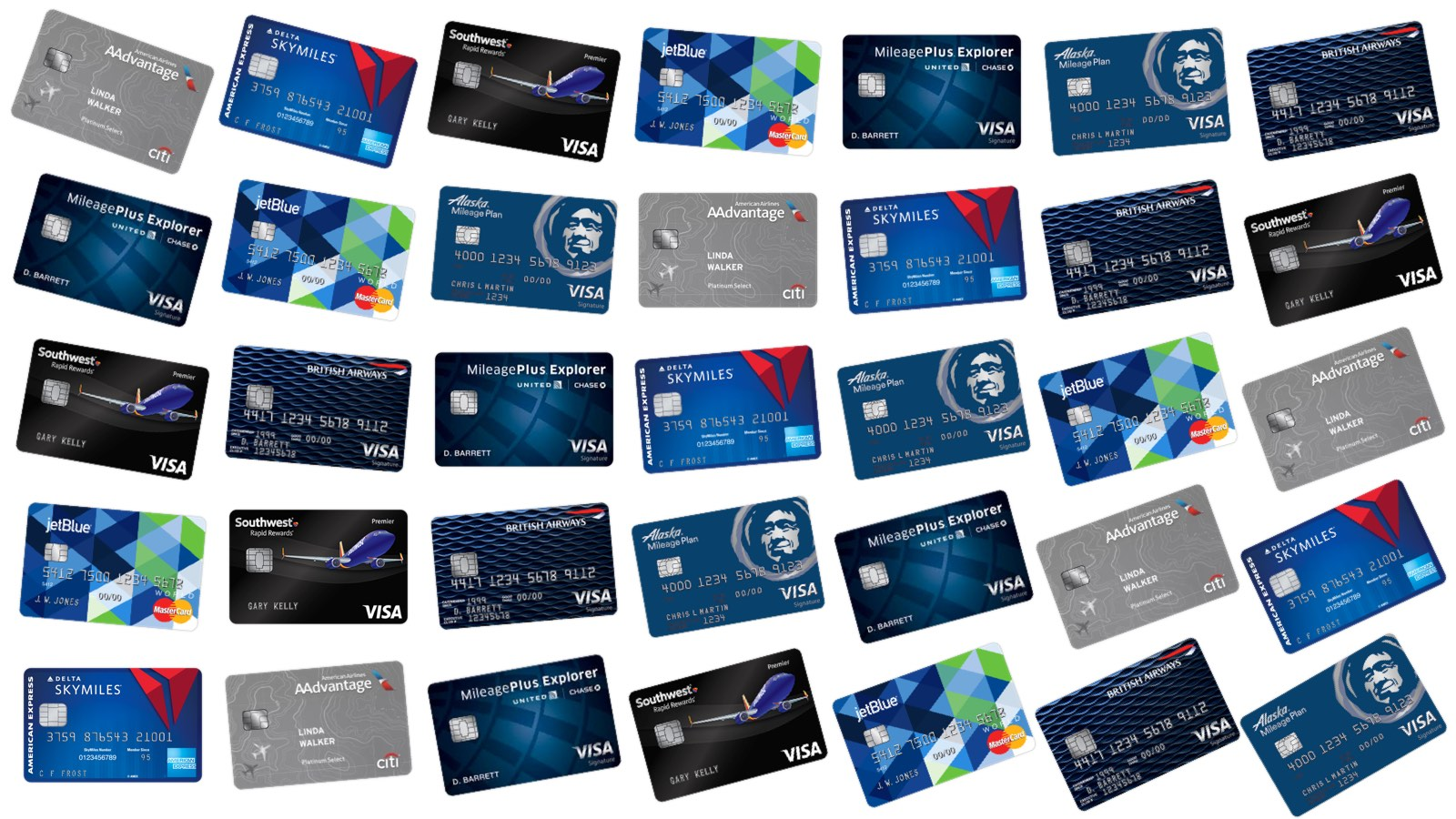
The Credit Card Circus: How Banks Let You Buy Perks (and Status) Outright
Time for the elephant in the room: airline credit cards and co-branded credit card programs. We’ve alluded to them repeatedly because you can’t talk about status without talking about the plastic in your wallet. Airlines have essentially made many status perks à la carte items that you can get simply by holding or using a credit card, no flying required. And they’ve allowed spending on cards to count towards status, blurring the lines between loyalty and just plain buying your way in.
Consider these scenarios that happen every day:
- A traveler with the United Explorer Visa boards with Group 2 (priority), checks a bag free, and even has access to extra award seats – all without holding any status. They pay $0 in bag fees (saving ~$60 roundtrip) and board ahead of all the basic economy schmucks.
- An occasional Delta flyer gets the Delta SkyMiles Gold Amex for $99/year. They instantly get a free checked bag on Delta (worth $60 roundtrip), priority boarding, and 15% off when redeeming miles (a new perk Delta added for cardholders). Again, no need to be Silver Medallion – they bought the core Silver benefits for $99.
- A family of four gets the American Airlines Citi Platinum card. They each get one free checked bag on AA, and they board in Group 5 right after elites. They use the card for all their spending, racking up miles, and perhaps eventually hit Gold just from everyday spend.
- A business traveler opens the American Express Platinum card (not tied to one airline but offers broad travel perks). For a $695 annual fee, they get automatic lounge access to Delta Sky Clubs whenever flying Delta, plus access to Centurion Lounges and Priority Pass lounges. They basically bypass the need for status to get lounge access.
And these are just the entry-level examples. The premium airline cards (Delta Reserve, United Club, AA Executive) offer even more: lounge access, big EQM/EQD boosts, companion tickets, etc. Delta Reserve, for instance, comes with 2 Delta lounge guest passes and the ability to earn up to 3,000 MQD by spending $90k in a year (in 2024 terms).
Airlines and banks make billions from these credit cards. Delta’s partnership with Amex reportedly netted Delta $6.8 billion in 2023 alone – that’s more than Delta made in operating profit. American AAdvantage co-branded cards brought in over *$6.1 billion in 2024. When you realize this, a lot becomes clear: The “loyalty” programs aren’t just about flying – they’re about creating a consumer ecosystem where you earn and spend with the airline’s brand as much as possible.
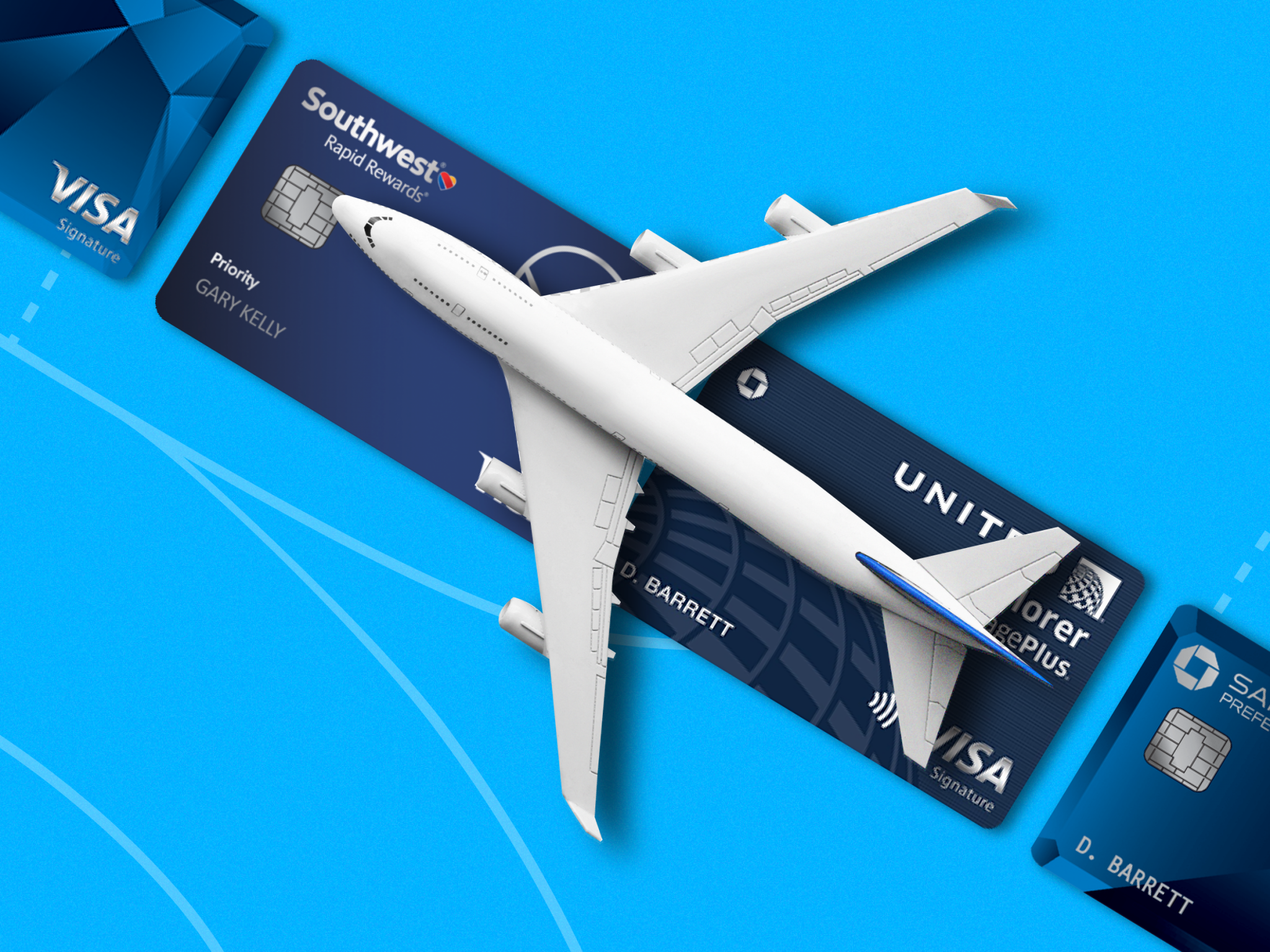
Spending Your Way to Status:
Delta and American have explicitly allowed this. We discussed American’s Loyalty Points – you can literally pay your mortgage or grocery bills on a Citi AA card and inch toward Executive Platinum. Delta’s approach is slightly different: rather than count every dollar, they give you MQD boosts and “headstarts” for using their Amex cards. For example, each Delta Platinum Amex gives you a $2,500 MQD head start toward status, and each Delta Reserve Amex gives you $2,500 plus you earn 1 MQD per $10 spent on it. Theoretically, one person could hold four Delta Amex cards (there are two personal and two business versions) and start the year with an automatic $10k MQD – enough for Gold Medallion – without flying a mile. Many travelers, including TPG himself, got multiple cards to game this in 2023. (Delta is devaluing some of these features going forward, but the gist remains: they want you to use the card heavily.)
United hasn’t fully gone there (they still cap how many PQP you can earn via cards), but they allow up to 15,000 PQP from cards if you have multiple and really spend a lot – which could cover more than half of 1K’s requirement.

Elite for a Day (or Year):
Credit cards have also allowed people to experience elite perks without commitment. For instance, United’s MileagePlus X app (now discontinued) used to give you one-time passes to Group 1 boarding after spending a certain amount. Some AA cards offer a yearly companion certificate (like a free domestic ticket for a companion) which is something usually only top-tier elites get as a choice benefit elsewhere.
Emirates, as mentioned earlier, straight-up gives you instant Silver or Gold status for a year when you get their co-branded Barclays Mastercard. It’s like a trial elite membership you can renew each year by continuing to spend on the card (spend $20k/year to maintain Silver, $40k for Gold). You barely need to fly Emirates at all.
All of this can make one question: Why exactly am I busting my butt taking extra flights for status when I could pay $95 or $450 for a card and get many of the same perks? That’s a very valid question, and airlines are fine with you thinking that – because if you get the card, they still “own” a piece of your wallet share.
The Downside for Elites: The more perks given away via cards, the fewer advantages pure elites have. If Group 1 boarding has 50 people (elites + credit card holders), it’s crowded. If lounges are filled with Amex cardholders who never fly that airline otherwise, elites find their sanctuary jam-packed. This is exactly what happened at Delta and American lounges, prompting rule changes (Delta limiting Amex entries, American limiting access for certain ticket holders even if Emerald, etc.). The democratization of perks via credit cards has essentially monetized the experience directly – cutting out the need to be a loyal flyer at all.
Get ready for Part 4 (out of 5) in tomorrow’s newsletter, where we dive into the Pros and Cons of Chasing Airline Status. Is the prestige worth the cost? We’ll break down the real perks and hidden pitfalls of elite status in 2025, from upgraded seats to the psychological toll of the status chase. Whether you’re already an elite or wondering if it’s worth the effort, this is the brutally honest truth about loyalty programs today. Don’t miss it!
